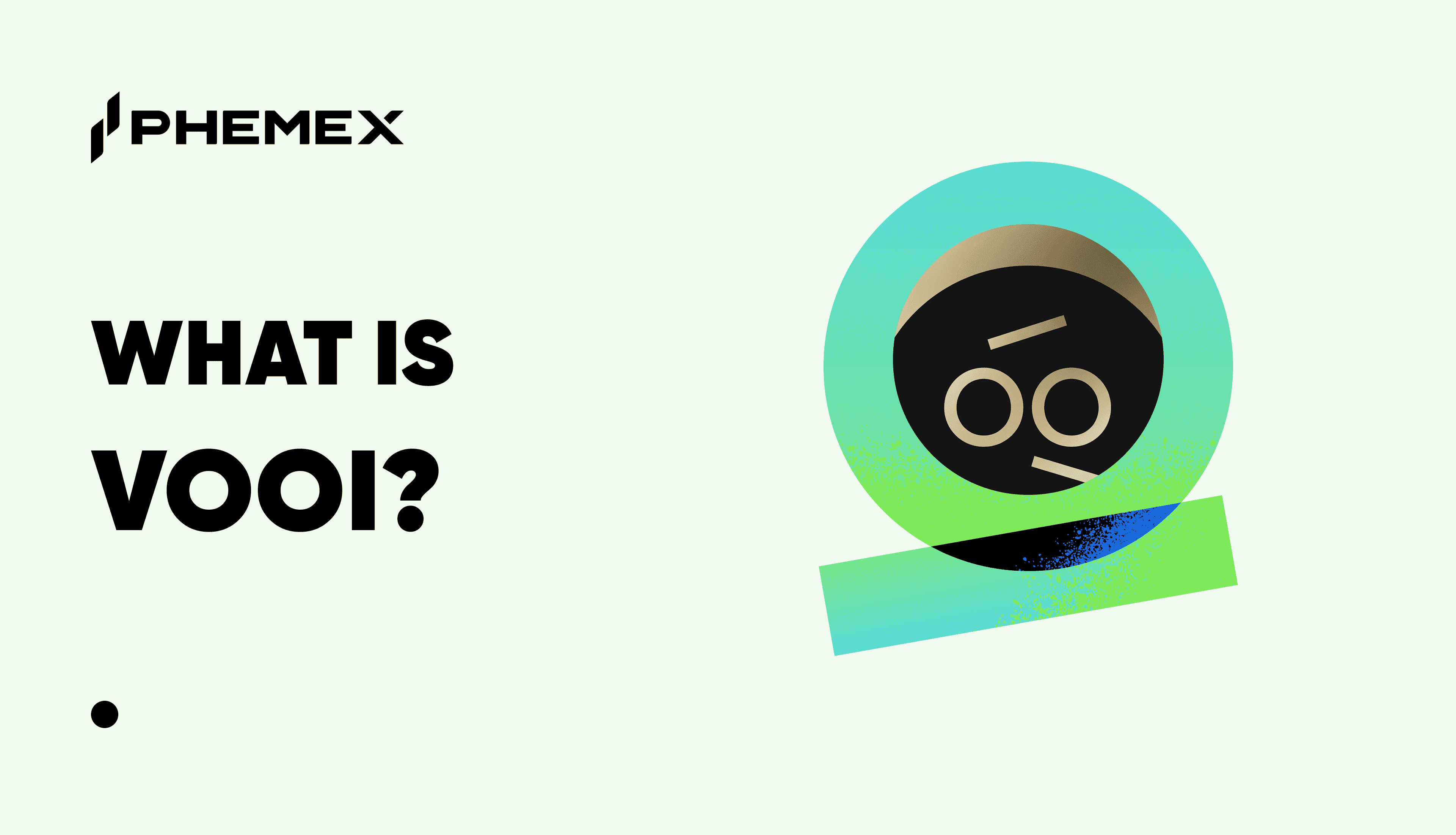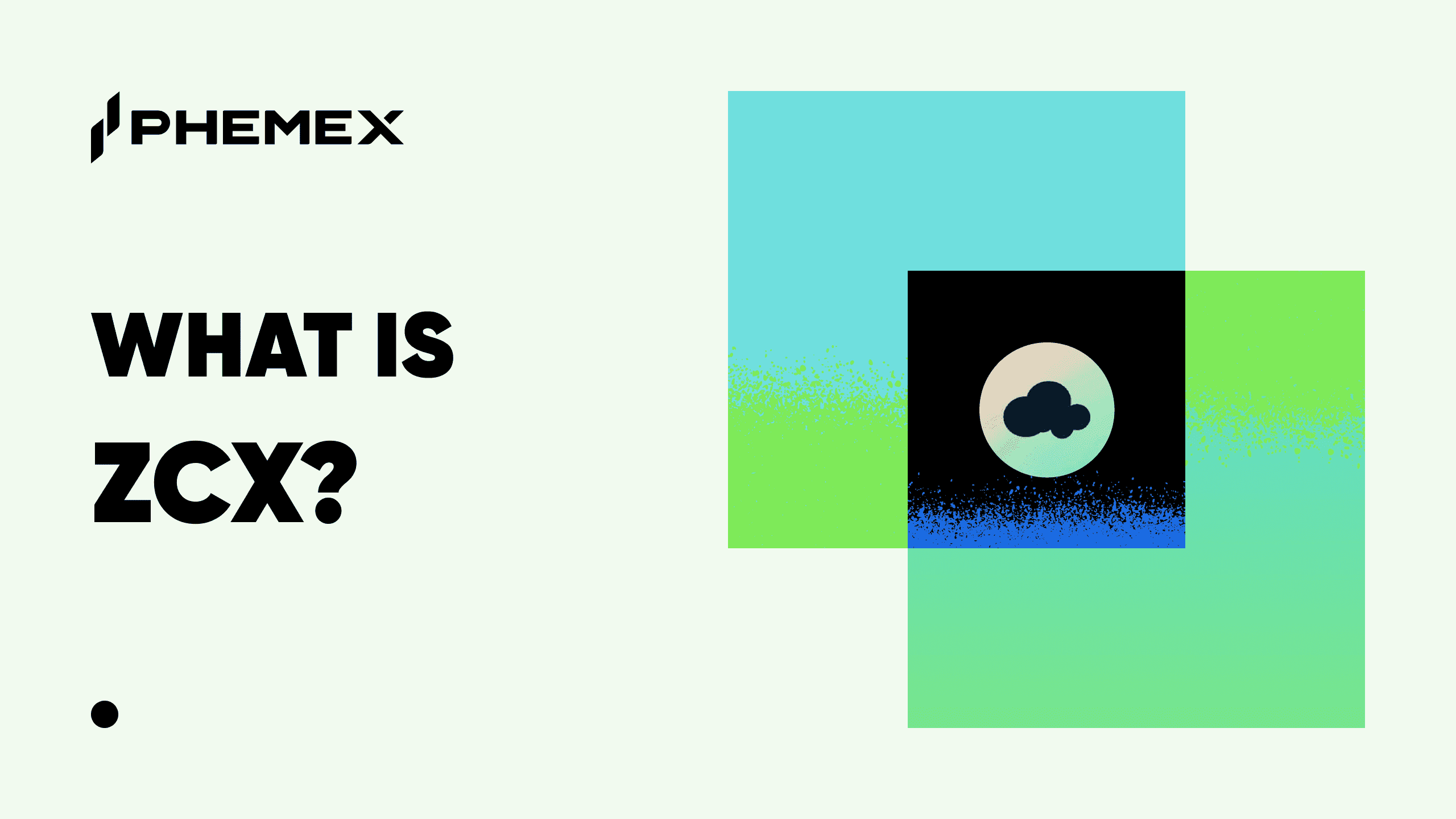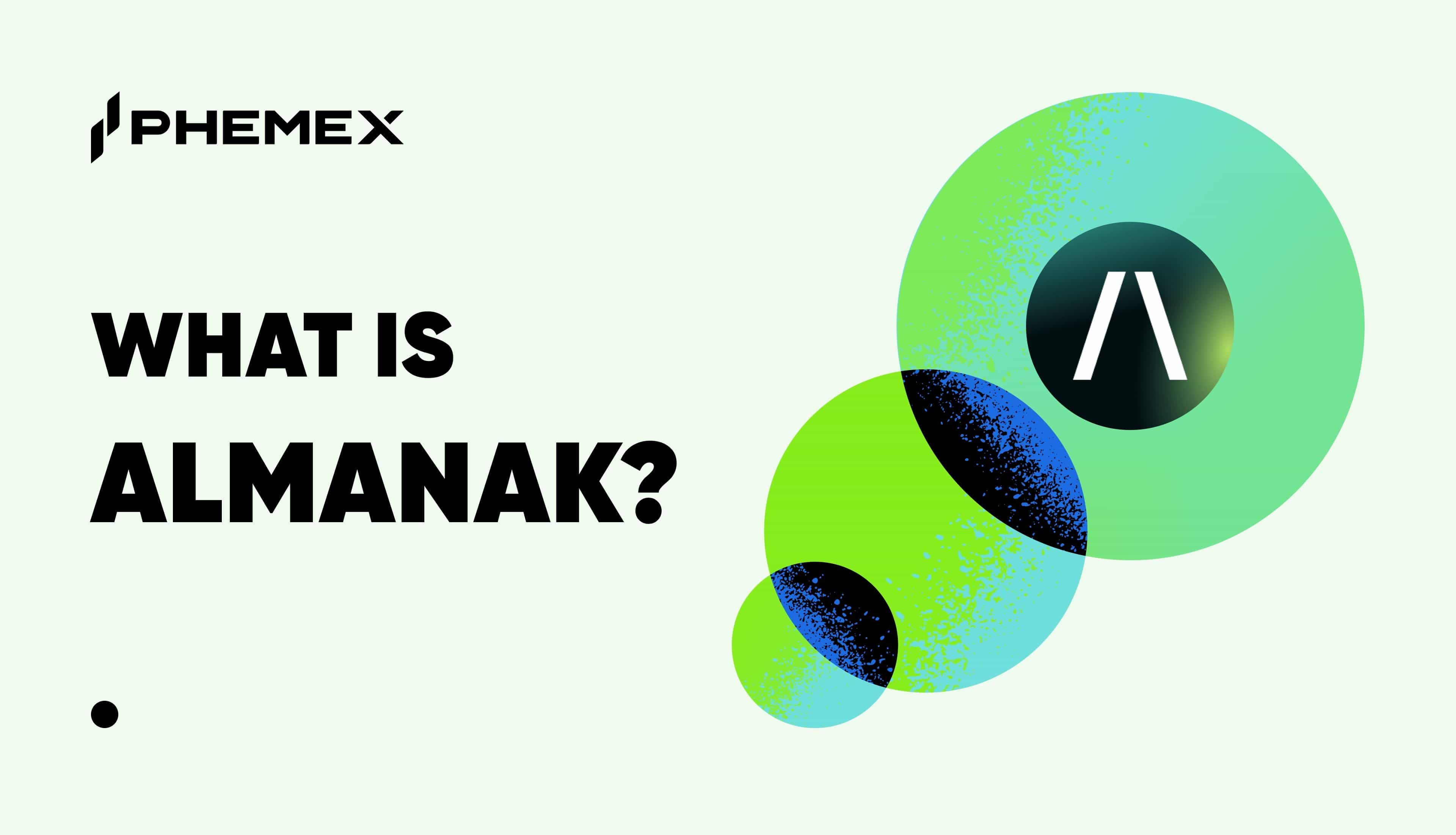Summary
- Yield farming, staking, and liquidity mining are 3 DeFi trading strategies.
- Yield farming allows you to earn passive income by depositing crypto into a liquidity pool.
- Staking refers to pledging your crypto-assets as collateral for blockchain networks that use the PoS (Proof of Stake) consensus algorithm.
- Liquidity mining focuses on providing liquidity to the DeFi protocol. In exchange for the trading pair, liquidity mining protocol provides users with a Liquidity Provider Token.

Within the world of DeFi there are three popular products and terms that have received a lot of attention: yield farming, staking, and liquidity mining. These three DeFi trading strategies require participants to pledge their assets in various ways in support of a decentralized protocol and application. However, the underlying nature of these avenues differ.
What is Yield Farming?
Yield farming is arguably the most popular way to earn a return on crypto assets. Essentially, you can earn passive income by depositing crypto into a liquidity pool. You can think of these liquidity pools as the centralized finance (CeFi) equivalent of your bank account where you store your money, which your bank then uses to offer loans to others and compensates you with a portion of the earned interest.
Yield farming is the practice in which investors lock their crypto assets into a smart contract-based liquidity pool like ETH/USDT. The locked assets are then made available for other users in the same protocol. Users of that particular lending protocol can borrow these tokens for margin trading.
Yield farmers are the foundation for DeFi protocols to offer exchange and lending services. Besides, they also help maintain the liquidity of crypto assets on decentralized exchanges (DEXs). For their efforts, yield farmers earn rewards calculated as APY.
Understanding the Yield Farming Model
Yield farming relies on automated market makers (AMM), which are a replacement for order books in the traditional finance space. AMMs are smart contracts that facilitate the trading of digital assets using mathematical algorithms. Since they do not require a counterpart for a trade to take place, consistent liquidity is maintained.
Liquidity Providers (LPs) and Liquidity Pools
An AMM has two essential components: liquidity providers (LPs) and liquidity pools.
- Liquidity pools are smart contracts that power the DeFi marketplace. These pools contain digital funds that facilitate users to buy, sell, borrow, lend, and swap tokens.
- LPs are the investors who pledge their assets in the liquidity pool and earn incentives for it.
Yield farming also provides a lifeline for those tokens with low trading volume in the open market to be traded at ease.
What are the Risks to Yield Farming?
Yield farming is a “high risk, high reward” investing venture. Some of the risks include smart contract risk, liquidation risk, impermanent loss, and composability risk. Therefore, yield farmers should always be aware of these possibilities.
What is Staking?
In the crypto economy, staking refers to pledging your crypto-assets as collateral for blockchain networks that use the PoS (Proof of Stake) consensus algorithm. Similar to how miners facilitate the achievement of consensus in PoW (Proof of Work) blockchains, stakers are chosen to validate transactions on PoS blockchains.
As it is more scalable and energy-efficient, PoS is generally preferred over the more popular PoW algorithm. PoS also provides a window of opportunity for stakers to earn rewards. With PoS, the chances of a staker producing a block is proportional to the number of coins they have staked.
Thus, the higher stakes you hold, the bigger the staking rewards from the network. In staking, the rewards are distributed on-chain, meaning every time a block is validated, new tokens of that currency are minted and distributed as staking rewards. Staking is more viable as a means of achieving consensus when compared to mining. Stakers need not invest in expensive equipment to generate enough computational power required for mining. Also, there are staking-as-a-service platforms that ease the process of staking.

Staking in a Nutshell (Source: Medium, Chorus One)
Moreover, the risk factor is lower for staking when compared with other avenues of passive investment like yield farming. The safety of the staked tokens is equal to the safety of the protocol itself.
What are the Risks to Staking?
The risks to staking cryptocurrencies are validator risk, slashing, server risk, falling cryptocurrency prices (volatility risk), investors may struggle to sell the assets (liquidity risk), long lock-up periods, waiting periods for receiving rewards, project failure (counterparty risk), minimum holdings, fund loss or theft.
What is Liquidity Mining?
Liquidity mining is the core of any DeFi project. It primarily focuses on providing liquidity to the DeFi protocol. In this investment process, participants provide their crypto-assets (trading pairs like ETH/USDT) into the liquidity pool of DeFi protocols for crypto trading (not for crypto lending and borrowing). In exchange for the trading pair, liquidity mining protocol provides users with a Liquidity Provider Token (LP) which is needed for the final redeem.

Liquidity Mining Mechanism (Source: Medium, CoinMonks)
As long as the tokens provided by the user remain in the liquidity pool, the protocol rewards them with native tokens (or governance tokens, GOV) “mined” at each block, in addition to the LP they received earlier. The reward percentage is based on their share of the total pool liquidity. These newly minted tokens give liquidity miners access to the project’s governance and can also be exchanged for better rewards or other cryptocurrencies.

What are the Risks to Liquidity Mining?
Some of the risks to liquidity mining include smart contract risk, project risk, rug pull, and impermanent loss.
Conclusion
In summary, liquidity mining is a subset of yield farming, which itself is a subset of staking. All these three methods are just ways of putting idle crypto-assets to work. Yield farming aims at gaining the highest yield possible, while staking focuses on helping a blockchain network stay secure, on the other hand, liquidity mining focuses on providing liquidity to the DeFi protocol.
Read More
- What is Yield Farming & How does it Work?
- Yield Farming: Is It Still Worth Doing In 2022?
- What is a Liquidity Pool: Achieving Efficient Asset Trading
- https://phemex.com/academy/defi
- What Is DeFi: How To Be Your Own Bank With $100
- What is Defi 2.0 Protocol & How does it Work?
- What is Staking: PoW vs. PoS Explained
- What is Liquidity in Cryptocurrency& How does it Work?









